Quantum computing offers mind-boggling problem-solving potential. Here are four ways to buy quantum computing stocks.
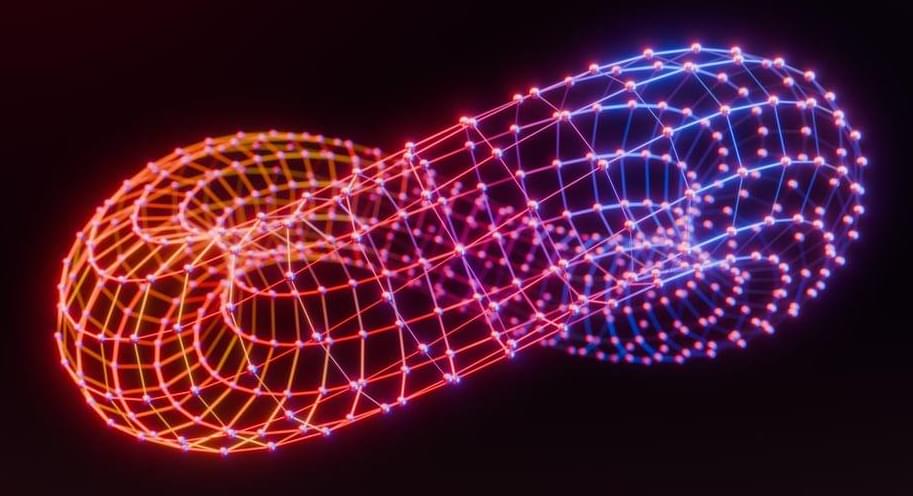

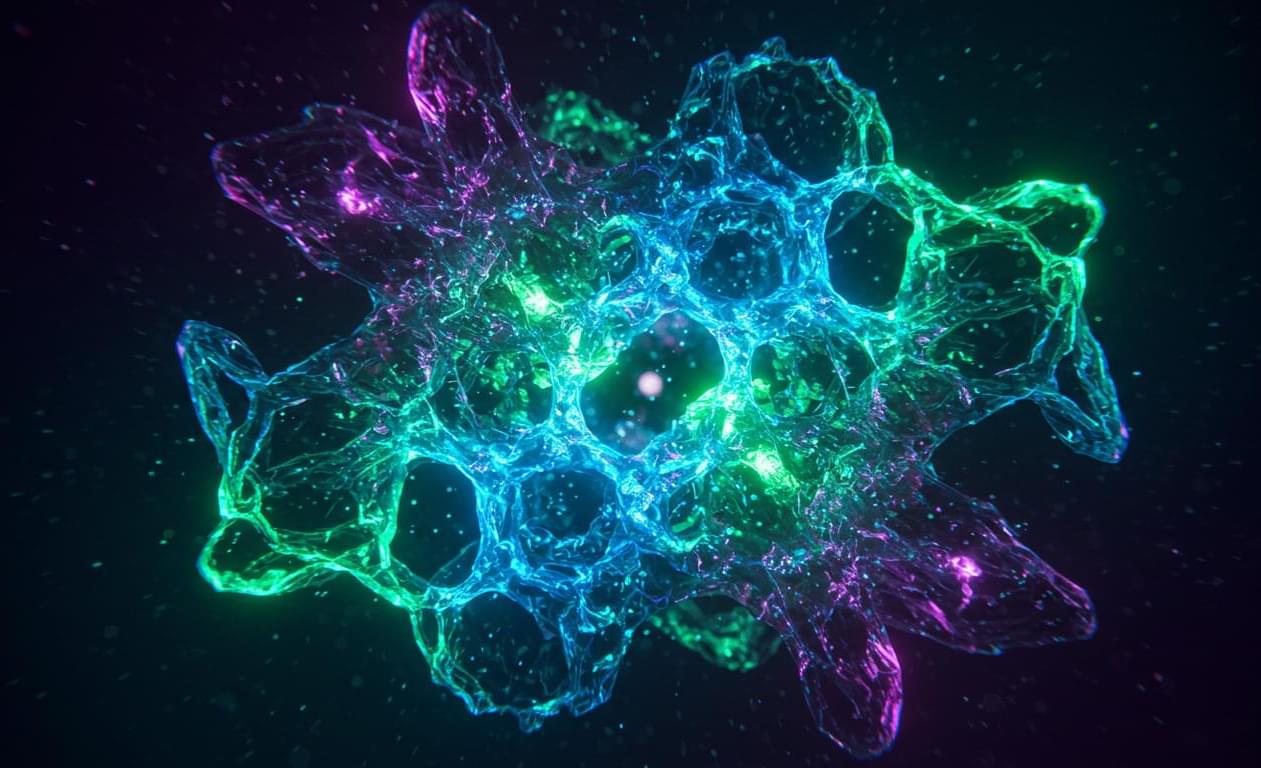
In a landmark achievement, an international team of researchers has successfully engineered the world’s first ideal Weyl semimetal, a quantum crystal that exhibits exotic electromagnetic properties. This innovative material, synthesized from a topological semiconductor, hosts a single pair of Weyl fermions without any irrelevant electronic states, paving the way for potential applications in terahertz devices, high-performance sensors, and low-power electronics.
The discovery, published in Nature, marks a major milestone in the decade-long pursuit of quantum materials, where researchers have been hindered by the presence of undesired electrons that obscure the unique properties of Weyl fermions. By revisiting a theoretically proposed strategy from 2011, the team has created a semimetal with a vanishing energy gap, enabling it to absorb low-frequency light and unlocking new possibilities for optoelectronics and quantum technology.
Go to https://ground.news/startalk to stay fully informed on the latest Space and Science news. Subscribe through our link for 50% off unlimited access to the Vantage plan this month.
Could you travel back in time through a wormhole? Neil deGrasse Tyson sits down with theoretical physicist and Nobel Laureate Kip Thorne to reflect on discovering gravitational waves with LIGO, the science in the movie Interstellar, black holes, and many more mysteries still yet to be answered.
Discover the origin story of the movie Interstellar on its 10th anniversary. Kip explains how science, not fiction, shaped the film’s narrative—from the colossal waves on Miller’s planet to the physics behind black hole time dilation. Discover the recipe for how to create a wormhole and how turning on a time machine could cause it to self-destruct. Plus, learn about the Casimir effect, exotic particles, and how LIGO manipulated vacuum fluctuations to bypass the uncertainty principle.
Neil and Kip dig into the origins of gravitational wave detection, tracing its roots to Joe Weber’s early experiments and Ray Weiss’s unpublished paper. Kip reflects on the decades of work required to make LIGO a success, the challenges of measuring distortions a fraction of a proton’s width, and the historic detection of gravitational waves in 2016 that confirmed Einstein’s predictions.
Why don’t quantum physics and the theory of relativity mix? We discuss the mysteries of quantum gravity, the paradox of black hole information loss, and Kip’s legendary bet with Stephen Hawking and John Preskell. Kip explains why backward time travel may be possible, Hawking Radiation, and theories for why information can be lost. As they explore the intersection of science and art, Kip discusses his passion for storytelling and some of his future projects, from his poetry-art collaborations to documenting the history of LIGO.
Timestamps:
How do particles get mass? Neil deGrasse Tyson and comedian Chuck Nice discover squarks, sneutrinos, the Higgs boson, and whether dark matter has a particle with theoretical physicist Brian Greene.
Go to https://ground.news/startalk to stay fully informed on Space and Science news. Save 40% off through my link for unlimited access to the Vantage plan this month.
Can we finally get to the bottom of what happens when a quark falls into a black hole? Learn about the ultraviolet catastrophe, the start of quantum physics, and Max Planck quantizing packets of energy. We also discuss how Einstein won the Nobel prize for the discovery for which he is least famous.
We take a deep dive into the Higgs boson. Who’s Higgs? What’s a boson? Find out about how the Higgs field creates mass, the different quantum particles, and how quarks create protons and neutrons. Brian breaks down the theory of supersymmetry: does every particle have a counterpart? Learn about squarks, sneutrinos, and whether supersymmetry can give an answer to what dark matter is.
Is the fabric of spacetime woven by tiny wormholes? Discover the Casimir force, quantum fluctuations, and why you need so many dimensions in a string theory universe. We discuss whether the cosmological constant is, in fact, constant. Plus, find out about the biggest mismatch between theory and experiment in physics.
Timestamps:
Find out more about Bitdefender’s two decades of unparalleled cybersecurity excellence: https://bitdefend.me/StarTalkTA
Could we create warp drive someday? In this Star Trek-themed episode, Neil deGrasse Tyson and co-host Chuck Nice team up with astrophysicist Charles Liu to dive into the science, technology, and legacy of one of the most influential sci-fi franchises of all time: Star Trek.
We answer questions about quantum entanglement, the size of electrons, and the real science behind Trek tech or Treknology. How close are we to warp drives, transporters, and subspace communication? You might be surprised to hear what’s theoretically possible and what remains in the realm of science fiction.
We discuss technology that exists already and the solutions to storytelling challenges through warp drives and dilithium crystals. Learn about the show’s physics, from phasers and antimatter to the mycelium network’s fascinating parallels with fungal biology. How do you store antimatter without it annihilating? Plus, find out who everyone’s favorite characters are and who they relate to most.
As we reflect on the series’ 23rd-century vision, we ask: Could humanity achieve Trek-level tech by 2260? We discuss the physics we’re missing and the collective imagination and determination it takes to advance our understanding of the universe.
Get ‘The Handy Quantum Physics Answer Book’: https://amzn.to/4frhizV
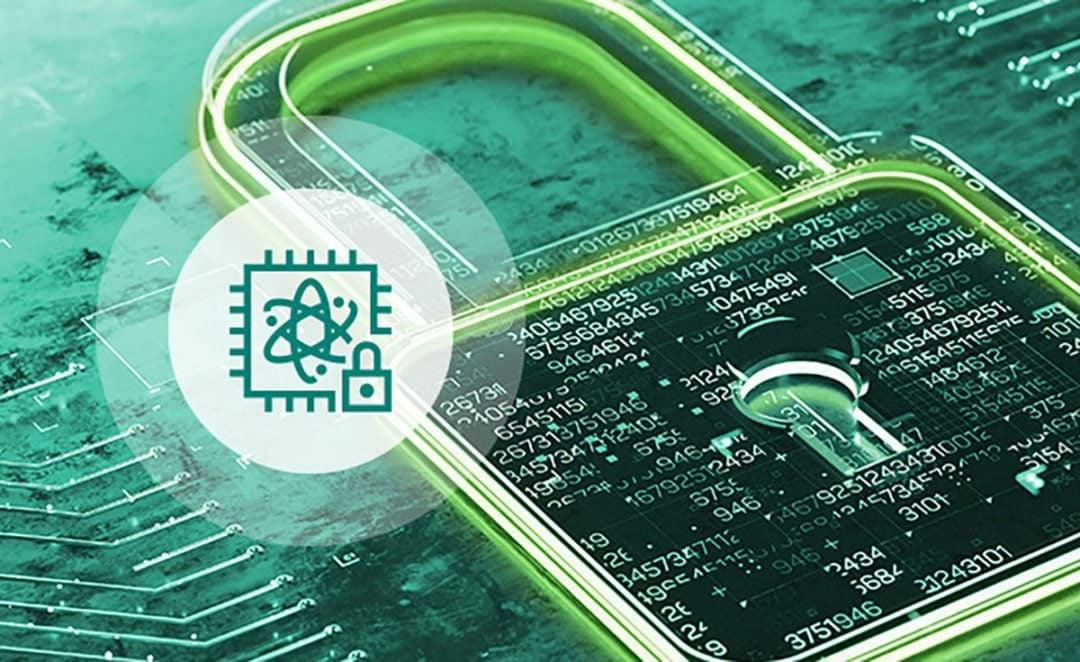

However, until now, “measuring this qubit’s spin was like trying to pick up a very, very weak light signal, like trying to squint at some dim light to determine whether the qubit was spin-up or spin-down,” Eric Rosenthal, a postdoctoral scholar at Stanford University, said.
This is where a new study from Rosenthal and his team can make a big difference. They have figured out a way to measure the spin of tin-based qubits with 87 percent accuracy, enhancing the strength of signals from these qubits to a great extent.
A tin vacancy qubit is formed when two carbon atoms in a diamond are replaced by a single tin atom. This tin center has exceptional optical properties as it emits photons in the telecom wavelength range, which is highly suitable for quantum communication applications.
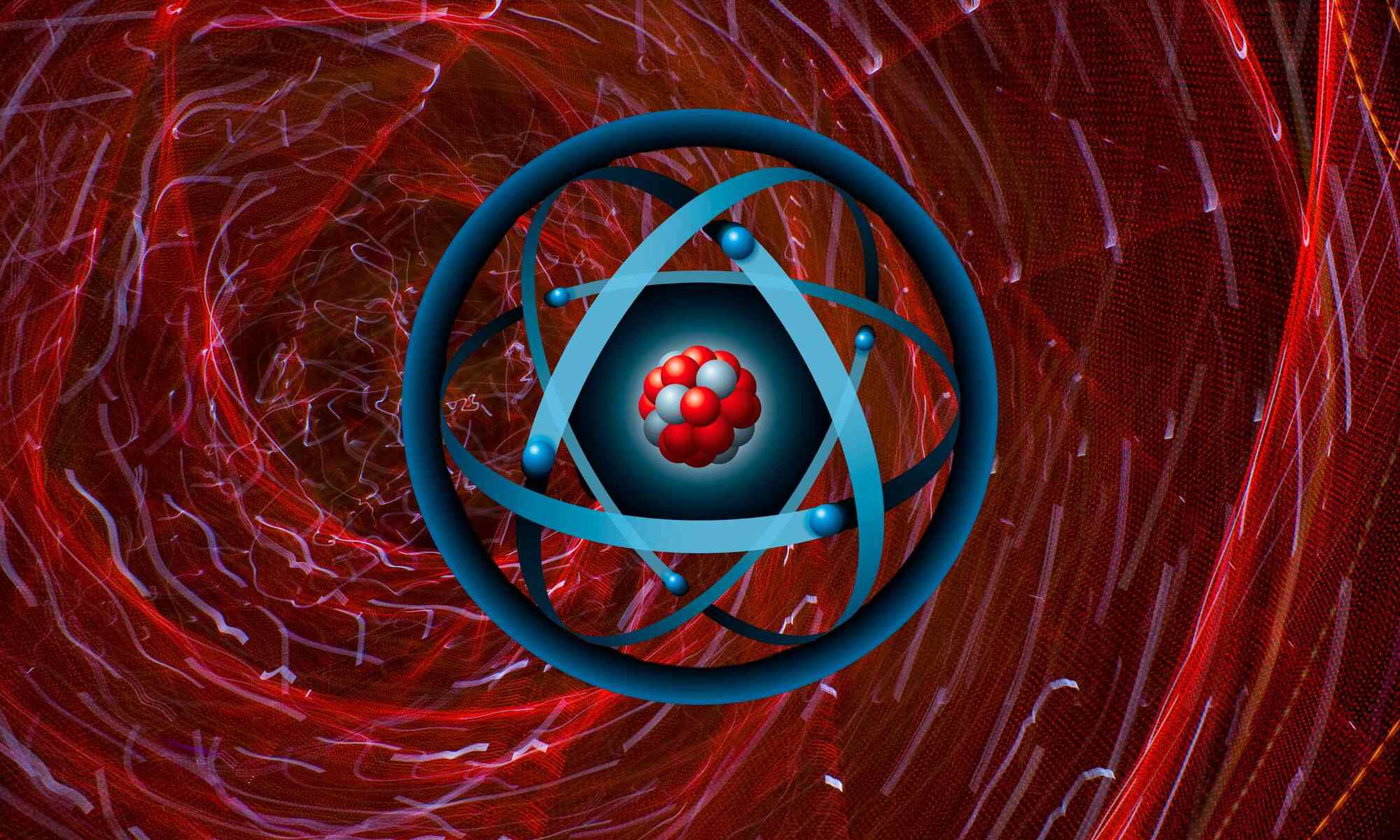
For the first time, researchers have measured the shape of an electron as it moves through a solid. This achievement could open a new way of looking at how electrons behave inside different materials.
Their discovery highlights many effects that could be relevant to everything from quantum information science to electronics manufacturing.
Those findings come from a team led by physicist Riccardo Comin, MIT’s Class of 1947 Career Development Associate Professor of Physics and leader of the work, in collaboration with other institutions.
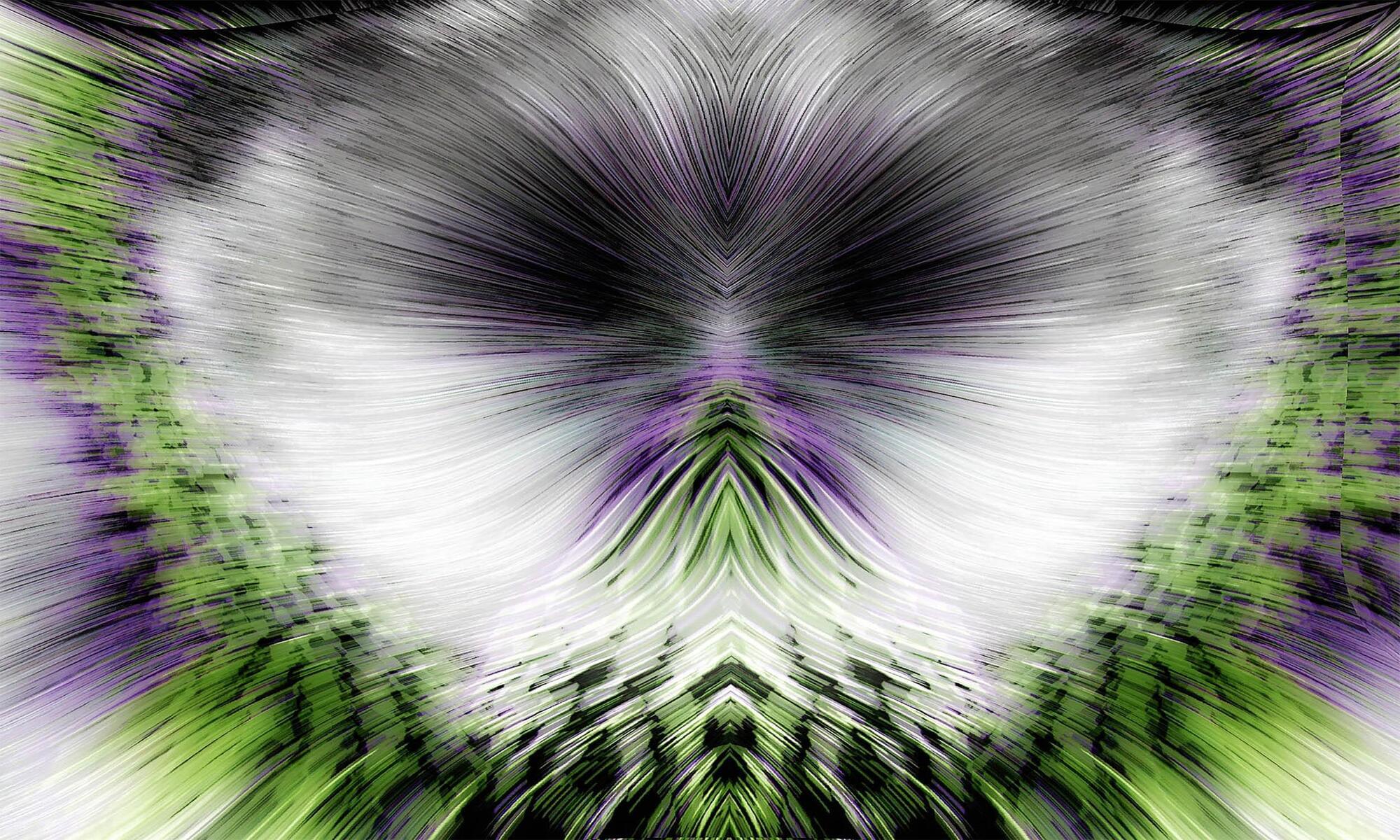

In the first study of its kind at the Large Hadron Collider (LHC), the CMS collaboration has tested whether top quarks adhere to Einstein’s special theory of relativity. The research is published in the journal Physics Letters B.
Along with quantum mechanics, Einstein’s special theory of relativity serves as the basis of the Standard Model of particle physics. At its heart is a concept called Lorentz symmetry: experimental results are independent of the orientation or the speed of the experiment with which they are taken.
Special relativity has stood the test of time. However, some theories, including particular models of string theory, predict that, at very high energies, special relativity will no longer work and experimental observations will depend on the orientation of the experiment in space-time.